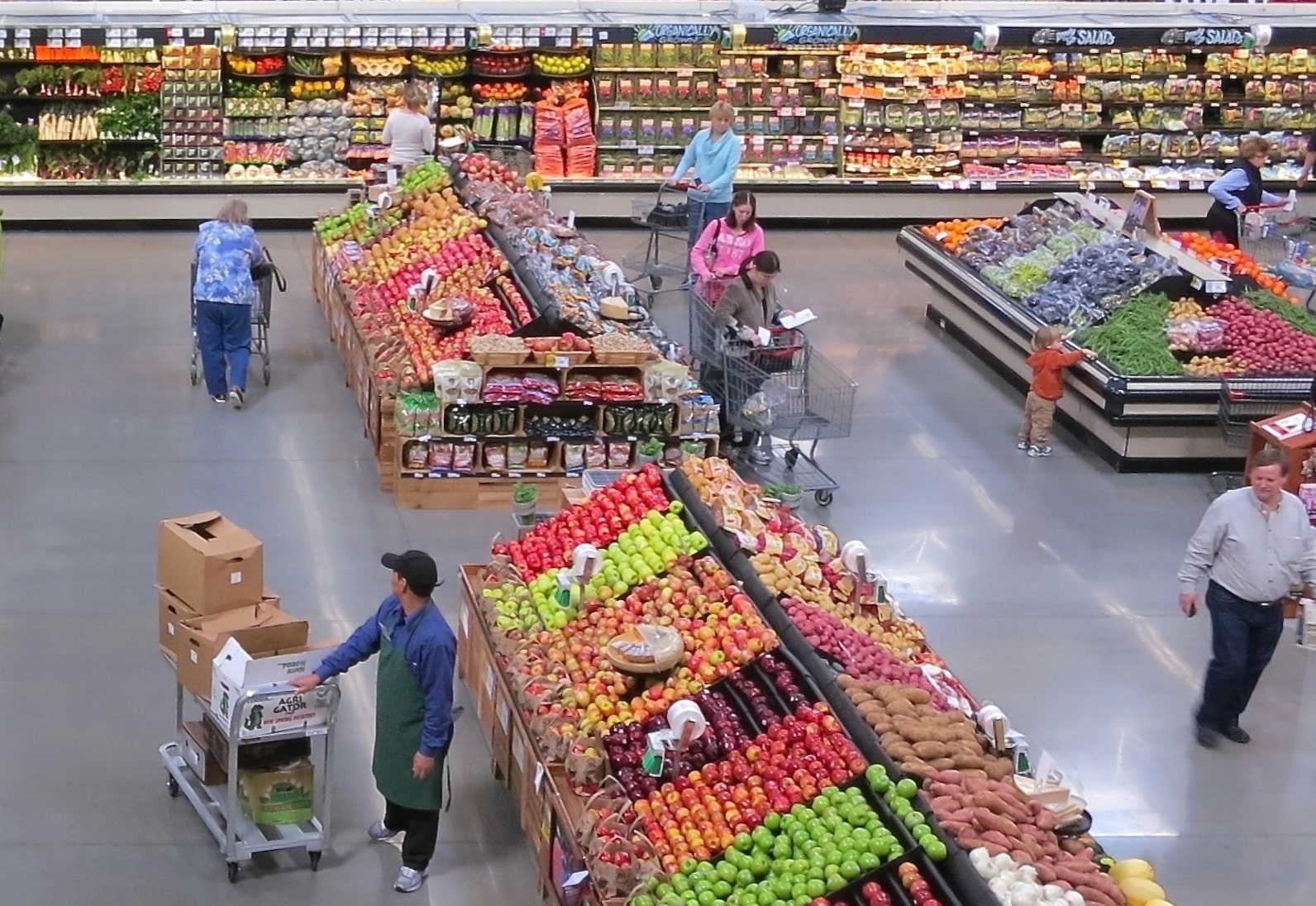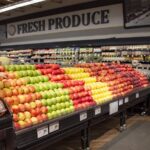
Many of us are changing our grocery shopping habits, so those who sell groceries should change their habits as well, a new report advises. The goal? To make it easier for shoppers to save. Oh, and also harder.
Inflation is affecting “almost everything for the consumer, from where they shop to what they buy,” a new Deloitte consumer survey found. “That, in turn, is affecting the revenue and profitability of a food industry that is trying to adapt.”
So how should the industry address shoppers’ money troubles without facing money troubles themselves? By giving shoppers what they’re looking for – while squeezing as much out of them as possible in the process.
Deloitte’s survey found that 85% of grocery shoppers “prefer food options that are low in price,” and seven in 10 are concerned about price gouging in stores. As shoppers make decisions on what to buy, “price overshadows almost everything,” the report concluded.
With fewer shoppers willing to pay a premium for fresh food, cost-conscious shoppers had increasingly opted for frozen foods as a way to save money earlier this year. But figures from the market research firm IRI now show that prices for frozen foods are rising faster than other types of foods. So switching from fresh to frozen isn’t necessarily a viable money-saving strategy anymore.
So shoppers are looking for other ways to save. Nearly half are buying fewer expensive food items, while three in 10 have stopped buying certain food items altogether. About a third are switching to store brands, while a similar percentage is looking for discounts and using coupons, or shopping at multiple stores to cherry-pick the best deals.
Deloitte’s advice for brands and retailers is to adapt by encouraging some of this behavior, while discouraging other behavior that could negatively impact profits. “Embrace those who need help,” and “meet consumers where they are,” the report advises, but “insulate against abuse.”
The first suggestion is to “facilitate trade-downs,” as shoppers opt for less-expensive items. “It is happening,” Deloitte says, “so make it easier.” Manufacturers should focus on creating and marketing more value-priced products, while retailers should promote these options and ensure they have plenty of them available.
Food marketers should also help shoppers avoid waste. “Anything that helps consumers eat what they buy before it goes bad will help.” Deloitte suggests appropriate package sizes, freshness guarantees, or education about storage tricks and best-by dates.
Retailers should be open and honest about pricing. “Keep costs down as much as possible,” but when prices must be raised, make sure shoppers understand the reasons why. “Transparency throughout the value chain helps others trust intent and could reduce suspicion of price gouging,” the report advises.
But potentially the most controversial advice relates to dealing with savvy shoppers looking to leverage various methods to get the best deals. Marketers should make it more difficult for these shoppers to layer deals and benefit from multiple discounts, even when the rules otherwise allow it. “Food manufacturers can work with retail partners to limit abusive shopper behaviors such as coupon stacking and other promotional manipulation,” Deloitte advises.
It’s not clear what Deloitte means by “promotional manipulation,” but shoppers whose stores issue store coupons that can be combined with manufacturer’s coupons, or who use rebate apps that don’t forbid combining them with coupons, would likely object to “coupon stacking” being classified as “abusive shopper behavior.” If Deloitte is referring to using multiple manufacturer’s coupons on a single item, that’s clearly not allowed, but it’s hardly a common practice. Other forms of coupon stacking are perfectly legitimate, though some manufacturers are already taking Deloitte’s advice in forbidding their coupons from being used in conjunction with Ibotta rebates, which has never been an issue before now.
Nevertheless, Deloitte goes on to suggest more personalization of digital coupons, limiting certain offers “to those customers who either need them most or will respond best to them,” instead of offering them to everyone. The report also suggests “incentives based on overall basket size,” such as dollars-off-your-total-purchase coupons with a high threshold, to encourage shoppers to buy more in order to save more. And stores should make it more difficult for shoppers to take advantage of all the best deals by “not laying out all the sale items in one place.”
So, some of this advice seems reasonable enough. Many shoppers would welcome more value-priced options and affordable fresh food that won’t go to waste. But limiting deals, intentionally making them harder to find, and branding savvy shoppers who play by the rules as “abusers” – not so much.
Doing business these days is a balancing act, as shoppers need to save money, but brands and retailers still need to make money. Those who make it easier for shoppers to save while still being transparent about pricing may keep their customers coming back – while those who treat shoppers as adversaries who need to be tricked into spending more, just might see their customers heading for the exits.
Image source: Dean Hochman










